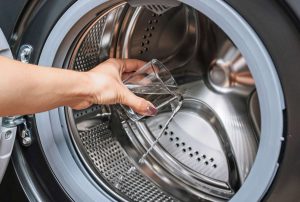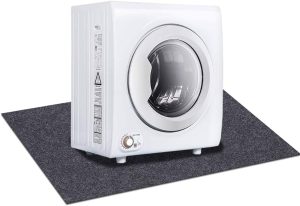How to Silence a Squeaky Washing Machine: A Complete Guide
Introduction:
Addressing the issue of a squeaky washing machine
A squeaky washing machine can be intrusive and disruptive, affecting your peace of mind and potentially indicating underlying problems. Understanding the possible causes of the squeaking noise can help in identifying and resolving the issue. In this comprehensive guide, we will explore effective methods to silence a squeaky washing machine. From inspecting rubber components to lubricating moving parts, we aim to help you overcome this nuisance and restore your washing machine to smooth, quiet operation.
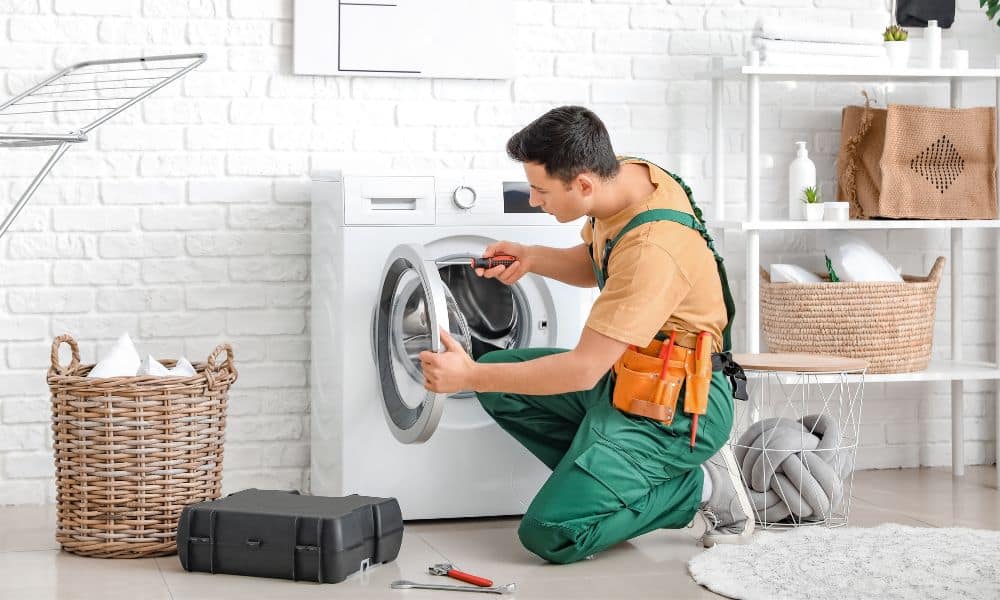
How to Silence a Squeaky Washing Machine: A Complete Guide
-
Identifying common causes of a squeaky washing machine
a. Loose or damaged belts: Over time, belts can loosen or become worn, resulting in squeaking noises during operation.
b. Worn bearings or pulleys: Bearings and pulleys can deteriorate over time, leading to squeaking sounds as the machine runs.
c. Misaligned or worn motor mounts: If the motor mounts are misaligned or worn out, the resulting imbalance can cause a squeaking noise when the machine is in use.
d. Rubbing rubber components: Misaligned or worn rubber components, such as door seals or suspension springs, can rub against other parts of the machine and produce squeaking noises.
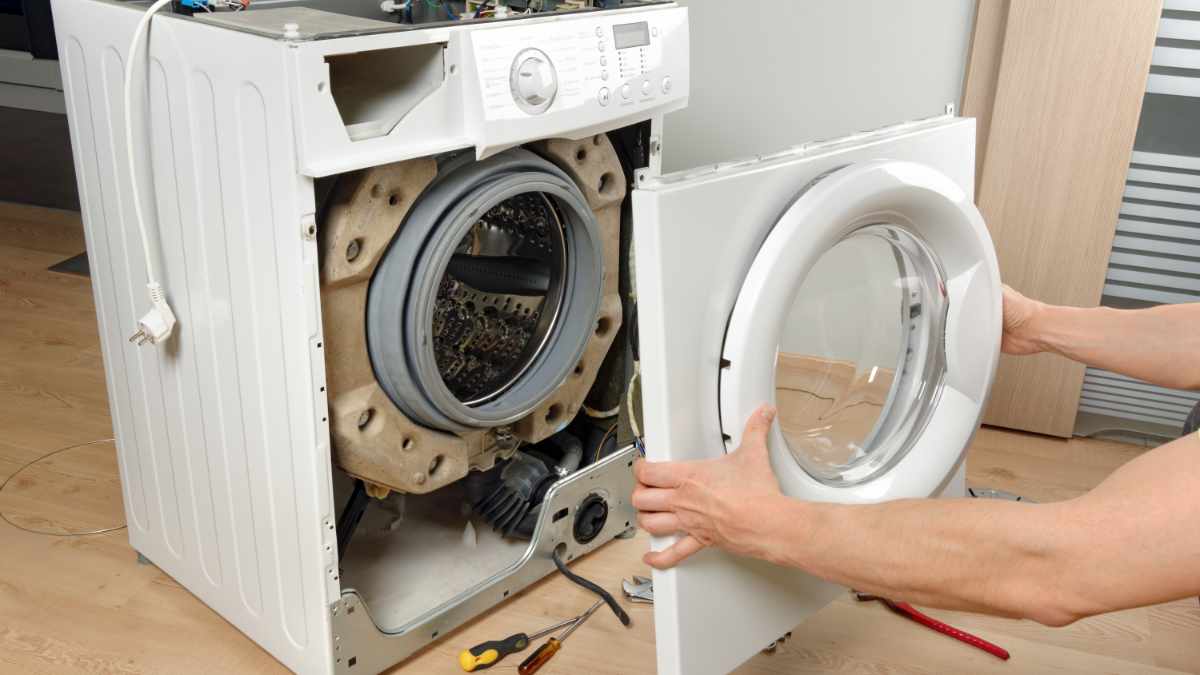
-
Tightening and adjusting components
a. Belt inspection: Examine the washing machine’s belt for signs of damage, such as cracks or fraying. If the belt is loose, tighten it according to the manufacturer’s instructions or seek professional assistance for belt replacement.
b. Adjusting motor mounts: If the motor mounts appear misaligned, consult the user manual or online resources for guidance on adjusting them to ensure proper alignment and eliminate any squeaking caused by a misaligned motor.
c. Suspension springs inspection: Inspect the suspension springs for signs of wear or damage. Replace any worn-out or damaged springs to prevent unnecessary friction and squeaking.
-
Lubricating moving parts
a. Door hinges and latches: Apply a small amount of silicone or appliance lubricant to the door hinges and latches to reduce friction and eliminate squeaking when opening and closing the washing machine.
b. Motor bearings and pulleys: If the squeaking noise originates from the motor area, lubricate the motor bearings and pulleys as recommended by the manufacturer. Use a lubricant suitable for these components to ensure smooth operation.
c. Agitator or drum shaft: For top-loading washing machines with agitators or front-loading machines with drum shafts, apply a few drops of lubricant specifically designed for these parts to reduce friction and eliminate squeaking during operation.
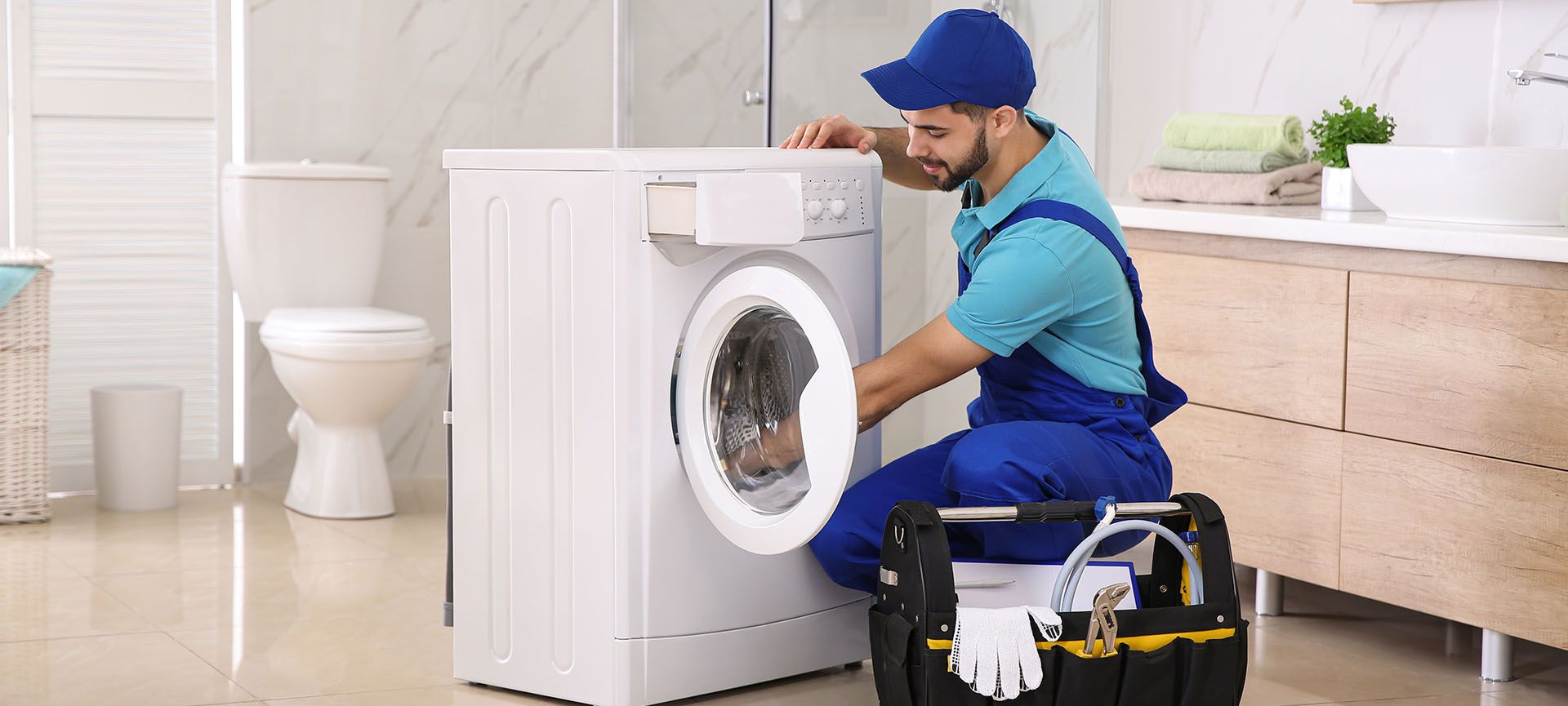
-
Cleaning and maintaining rubber components
a. Door seals: Inspect the door seal or gasket for any signs of wear, tears, or debris. Clean the seal using a mild detergent and warm water, removing any accumulated dirt or debris that may be causing the squeaking noise.
b. Suspension springs and dampers: Regularly clean the suspension springs and dampers to remove any dirt, lint, or debris that may contribute to squeaking. Wipe them down with a damp cloth and ensure they move freely without obstruction.
c. Drum paddles: If your washing machine has drum paddles, clean them regularly to prevent the buildup of detergent residue or fabric softener. Use a soft brush or cloth and a mild detergent solution to clean the paddles thoroughly.
-
Seeking professional assistance
a. Persistent or complex issues: If the squeaking noise persists despite following the above steps, it may indicate an underlying mechanical issue. Contact a professional appliance repair technician for further diagnosis and repairs.
b. Warranty coverage: If your washing machine is still under warranty, check with the manufacturer or authorized service provider for warranty coverage. They can provide specific troubleshooting steps or arrange for professional repairs if necessary.
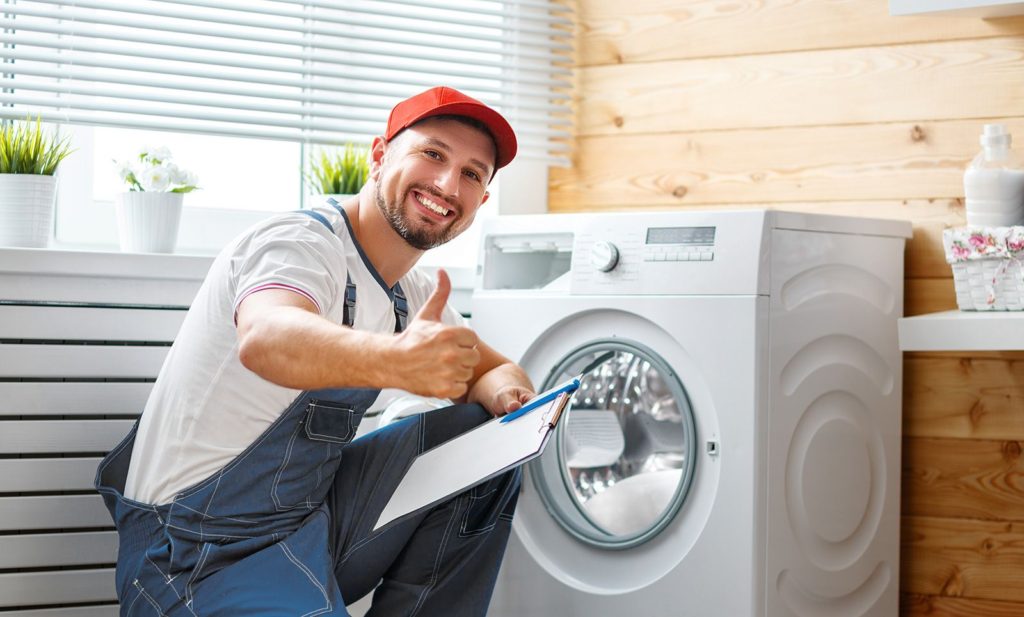
-
Balancing the washing machine
a. Leveling the machine: A washing machine that is not properly leveled can cause excessive vibrations and squeaking noises during cycles. Use a bubble level to check the machine’s levelness and adjust the leveling feet as needed. Refer to the user manual for instructions on how to level your specific washing machine model.
b. Distributing the load evenly: Unevenly distributed loads can cause the machine to become off-balance, leading to squeaking noises. Make sure to distribute the laundry evenly in the drum and avoid overloading the machine. Follow the manufacturer’s guidelines regarding load capacity and sorting.
c. Check installation: Verify that your washing machine is installed correctly, following the manufacturer’s instructions. Ensure that all feet are properly adjusted and that the machine is level on the floor. An improperly installed or unbalanced washing machine can cause excessive vibrations and squeaking noises.
-
Regular maintenance and cleaning routines
a. Monthly deep cleaning: Perform a monthly deep cleaning routine to remove any residue, buildup, or debris that may contribute to squeaking noises. Use a washing machine cleaner or run an empty cycle with hot water and vinegar to keep the internals clean and functioning smoothly.
b. Routine checks: Regularly inspect the washing machine for any loose screws, bolts, or other components. Tighten any loose parts as necessary to prevent unnecessary vibrations that can lead to squeaking.
c. Clean the dispensers and filters: Clean the detergent and fabric softener dispensers regularly to prevent clogs and buildup that can impact the machine’s performance. Also, clean or replace the filters, if applicable, per the manufacturer’s recommendations.
d. Drainage maintenance: Check the drainage system, including the drain hose and pump filter, for any obstructions or blockages. Ensure that the drainage system is functioning properly to prevent excessive strain on the machine and potential squeaking noises.
e. Air drying: After each use, leave the washing machine door or lid open to allow for proper air circulation and drying of the drum. This helps prevent mold and mildew growth, which can lead to unpleasant odors and potential squeaking issues.
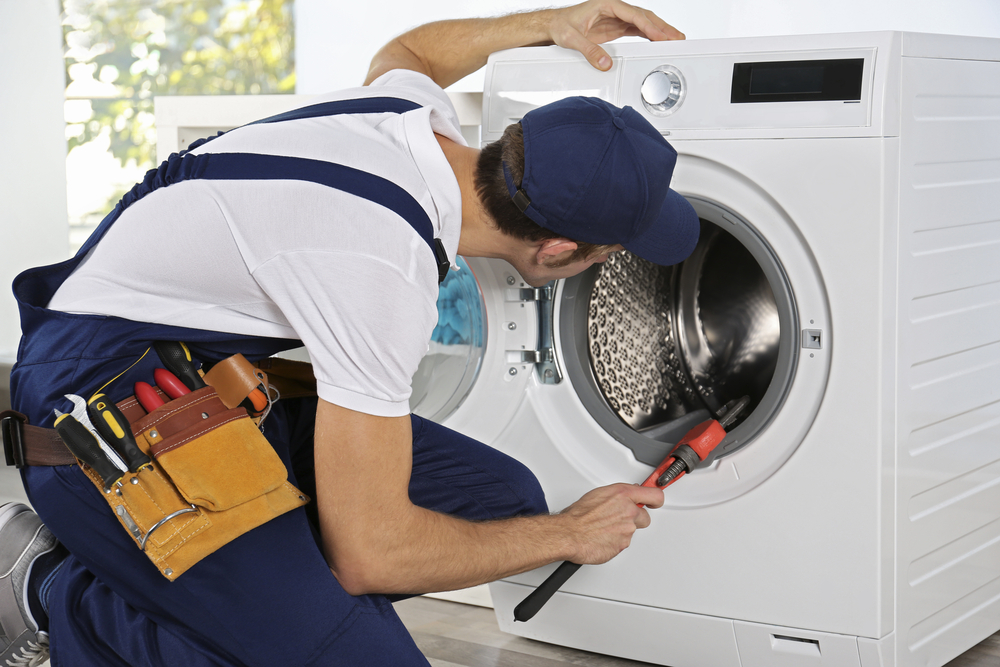
Conclusion: Silencing a squeaky washing machine
A squeaky washing machine can be resolved by systematically inspecting and addressing potential causes. By tightening and adjusting components, lubricating moving parts, and cleaning and maintaining rubber components, you can effectively eliminate squeaking noises. Pay attention to signs of wear or damage and seek professional assistance if needed. Remember to consult the user manual or manufacturer’s guidelines for specific instructions related to your washing machine model. By applying these troubleshooting techniques, you can enjoy quiet and efficient laundry cycles without the annoyance of a squeaky washing machine.
